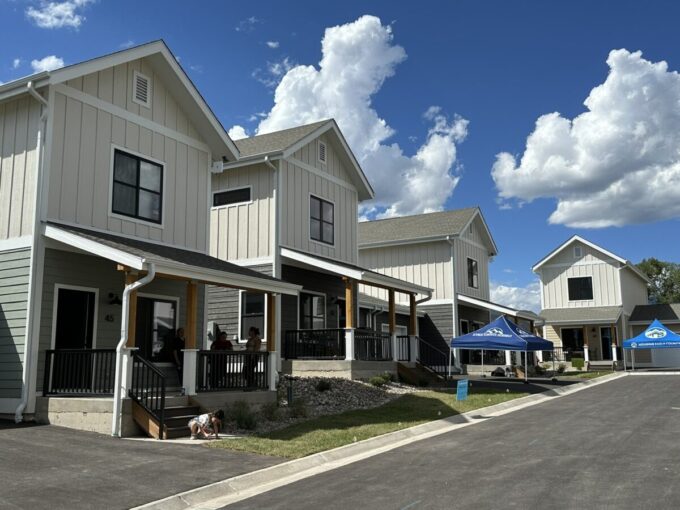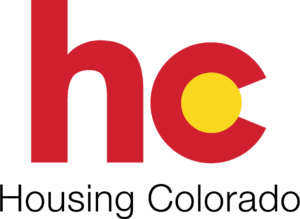Affordable Housing Glossary: Top 50 Terms and Acronyms
At EVstudio, we specialize in affordable housing projects with a world-class team of architects and engineers. Our expertise spans design, construction, financing, and operations to create sustainable, efficient, and impactful housing solutions. Below is a glossary of essential terms and acronyms related to affordable housing.
- AMI (Area Median Income)
A benchmark for determining eligibility for affordable housing based on local income levels. - Affordable Housing
Housing where residents spend no more than 30% of their gross income on rent or mortgage. - Bond Financing
Funding affordable housing projects using tax-exempt or taxable bonds. - Brownfield Redevelopment
Converting contaminated or underused land into usable affordable housing sites. - Capital Stack
Financial structure combining debt, equity, and grants for funding housing development. - CDFI (Community Development Financial Institution)
Organizations providing affordable housing loans and financial assistance to underserved communities. - Community Land Trust (CLT)
Nonprofits holding land in trust to maintain long-term housing affordability. - Compliance Period
Duration where affordable housing must meet legal and financial requirements, typically 15 years or longer. - Cost-Burdened
Households spending more than 30% of income on housing costs. - Davis-Bacon Act
Federal law requiring prevailing wages for construction workers on federally funded projects. - Debt Service Coverage Ratio (DSCR)
Ratio assessing whether rental income covers loan payments for a housing project. - Density Bonus
Incentives allowing developers to build more units in exchange for including affordable housing. - Energy Efficiency Ratio (EER)
Metric evaluating energy-efficient performance of affordable housing systems. - Enterprise Green Communities
Certification program for sustainable affordable housing projects. - Fair Housing Act
Federal law prohibiting housing discrimination based on race, color, or other protected categories. - Federal Home Loan Bank (FHLB)
Provides funding for affordable housing through member financial institutions. - Gap Financing
Additional funding used to fill shortfalls in affordable housing project budgets. - HOME Program
Federal program offering grants to develop affordable housing for low-income families. - HUD (U.S. Department of Housing and Urban Development)
Federal agency overseeing affordable housing programs and funding. - Housing Choice Voucher (Section 8)
HUD program providing rental assistance for eligible low-income households. - Housing Trust Fund
State or local funds dedicated to financing affordable housing development. - Impact Fees
Charges imposed on developers to fund infrastructure or affordable housing requirements. - Inclusionary Zoning
Policies requiring a portion of units in new developments to be affordable. - Income Limits
Eligibility thresholds based on a percentage of Area Median Income (AMI). - LIHTC (Low-Income Housing Tax Credit)
Federal tax credit incentivizing private investment in affordable housing. - Loan-to-Value Ratio (LTV)
Ratio comparing loan amounts to a project’s appraised value. - Mixed-Income Housing
Developments combining affordable and market-rate housing units. - Mixed-Use Development
Projects combining residential, commercial, and retail spaces. - Moderate-Income Housing
Housing targeted at households earning between 80% and 120% of AMI. - NOFA (Notice of Funding Availability)
Announcement for funding opportunities for affordable housing projects. - Nonprofit Developer
Organizations focused on developing affordable housing for community benefit. - Operating Reserve
Funds set aside for unexpected costs during a housing project’s operation phase. - PBRA (Project-Based Rental Assistance)
HUD program where rental subsidies remain tied to specific housing units. - Permanent Supportive Housing (PSH)
Affordable housing paired with support services for vulnerable populations. - PILOT (Payment in Lieu of Taxes)
Agreements reducing property taxes for affordable housing developers. - Public Housing
Federally funded rental housing for low-income families managed by local housing authorities. - Qualified Allocation Plan (QAP)
State guidelines for allocating Low-Income Housing Tax Credits (LIHTC). - RFP (Request for Proposals)
Document requesting proposals from developers for affordable housing projects. - Section 202 Program
HUD program providing funding for affordable housing for elderly residents. - Section 811 Program
HUD program supporting affordable housing for people with disabilities. - Service-Enriched Housing
Affordable housing developments offering resident support services like healthcare or job training. - Soft Costs
Indirect expenses such as design fees, permits, and legal services for affordable housing projects. - Subsidized Housing
Housing supported through government financial assistance to reduce rental costs for tenants. - Supportive Services
Programs offering social, health, or financial assistance within affordable housing communities. - Sustainable Design
Practices ensuring affordable housing is energy-efficient, healthy, and environmentally friendly. - Tax Credit Equity
Funds raised through the sale of LIHTC credits to investors for affordable housing projects. - Transitional Housing
Temporary affordable housing providing support services to help residents achieve stability. - USDA Rural Development Program
Federal funding program supporting affordable housing in rural areas. - Vacancy Rate
Percentage of unoccupied housing units in a project or community. - Workforce Housing
Affordable housing designed for middle-income workers like teachers, healthcare staff, or first responders.
At EVstudio, we provide exceptional value in affordable housing development with an integrated team of experts. Our architects and engineers ensure efficient, sustainable, and cost-effective designs that serve communities and meet project goals. Partner with EVstudio to bring innovative affordable housing solutions to life.











